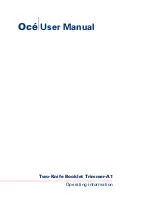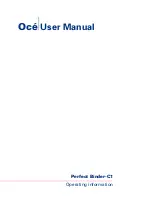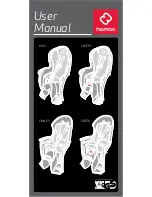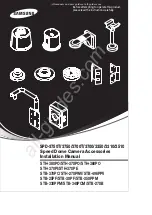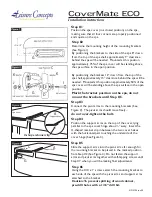
User Manual
Airbridge cBTS3612-450 12-carrier CDMA Base Station
6 Part Module Fault
03Q-0112-20020720-120
6-1
6 Part Module Fault
6.1 Description of Part Fault
6.1.1 Finding of Part Fault
This section describes how to find a part fault and how to deal with specific part fault
will be given in the following sections.
The parts described here include the base band frame board, radio frequency module,
PSU, antenna feeder equipment, etc. If any fault occurs to them, the fault information
can be obtained by means of the corresponding alarm box, maintenance console and
part indicator.
6.1.2 Common Processing Flow to deal with Part Fault
The common processing flow to deal with part faults observes the principle of "From
the outside to the inside". The transmission link check and GPS or GLONASS
receiving signal check belong to outside check while the check of various boards or
modules belong to cabinet inside check. This division aims to achieve a clear
presentation and the outside check is actually integrated in the cabinet part check.
I. External check
1) Power check
Mainly check whether the –48 DC input at the top of the equipment is normal. For
details, please refer to "2.2 Maintenance Guide".
2) Transmission link check
Check whether the transmission link between the BCIM in a base station and the XIE
board in a BSC is normal. For details, please refer to "4.3 BTS Control & Interface
Module (BCIM)".
3) Check of GPS or GLONASS receiving signal
GPS or GLONASS signals are received through the GPS or GLONASS antenna
feeder system and sent to the BCKM board, whose clock unit will process them. For
details, please refer to "4.4 BTS Control & Clock Module (BCKM)".
II. Check of cabinet parts
First check the PSU module of the power frame, then the boards (including BCIM,
BCKM, BCPM, BRDM and BTRM) and at last various radio frequency parts (including
BHPA, CDU, RLDU and antenna feeder system) which form a radio frequency
channel.
1) Check of power supply
Mainly check the PSU module of the power frame. If the PSU module is found faulty,
handle it as described in "4.12 Power Supply Unit (PSU)" and check whether the
-48V DC input at the top of the equipment is normal.
2) Board check































